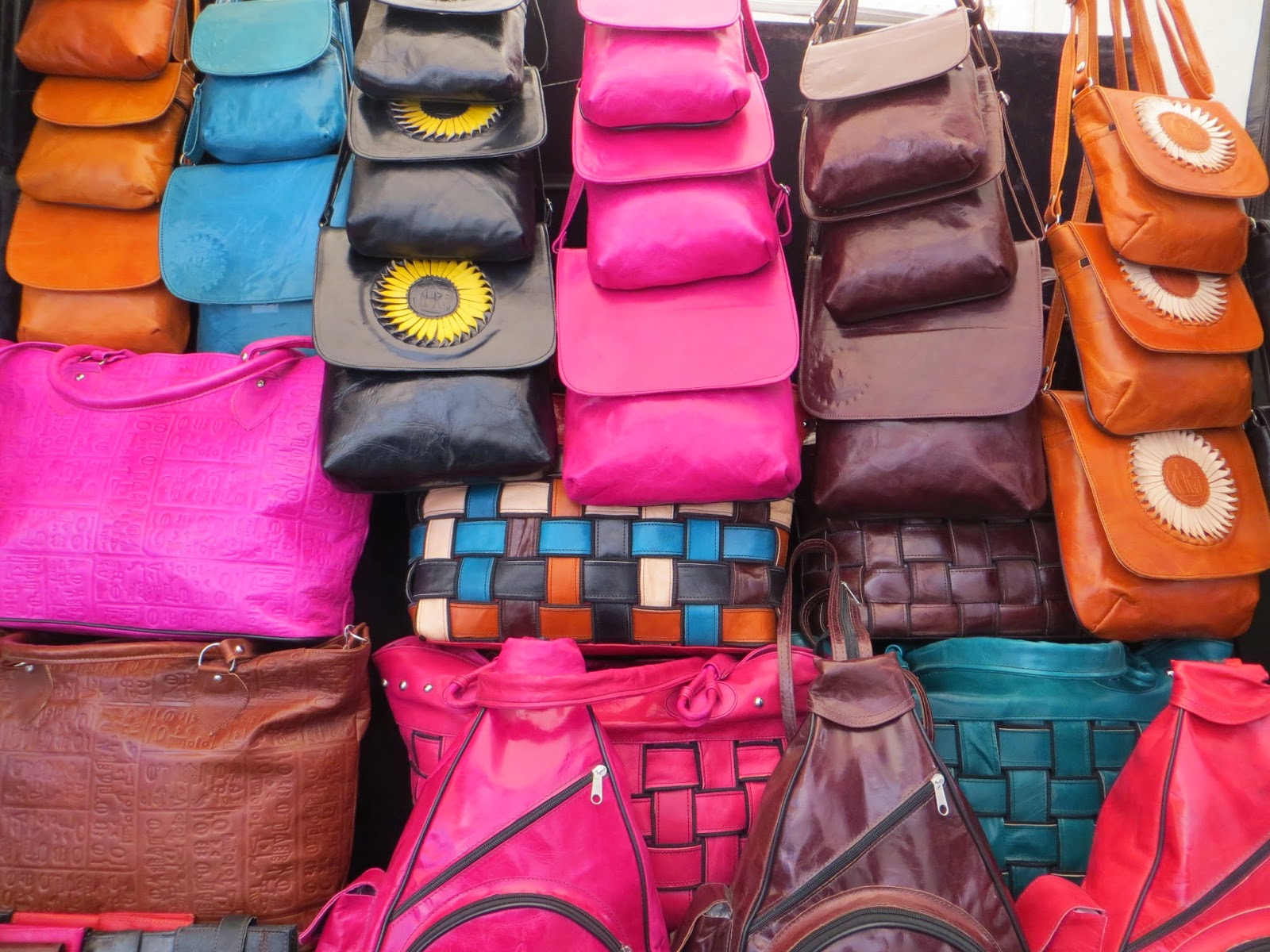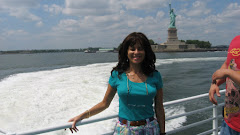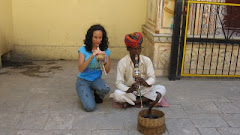By Sarah Lynch of USA Today
TUNIS, Tunisia – Stationed throughout a cobblestone labyrinth in the capital's old quarter, shop owners await the revival of a tourism sector that sunk with the rise of a revolution.
The social and political freedoms Tunisians gained after the three-year-old ouster of a longtime dictator were worth the economic struggles, they say. Now, Tunisians are ready to welcome travelers back to their country.
"Tunisia is ready to bring tourism back," says Lasaad Essid, 54, hammering designs into a decorative plate. "And we'll even exceed what we used to achieve, seeing even more tourists than before the revolution."
With a vast coastline along the Mediterranean Sea, Tunisia is celebrated for its beach resorts, ancient ruins and sprawling desert. UNESCO praises Dougga, an expansive site in the northern part of the country, as North Africa's best-preserved Africo-Roman town that shows what daily life was like for those who lived there in antiquity.
In January, Condé Nast Traveler called Tunisia the next big travel destination, celebrating the country for its optimistic atmosphere and open-mindedness. Society's tolerance for diversity in the majority Muslim country not only helped propel the country on a path toward full democracy over the last three years but also allows for a vibrant nightlife where booze flows freely and music keeps partygoers out through the morning's early hours.
Tunisia's tourism minister Amel Karboul says the country could see a record 7 million tourists visiting this year.
"I tell Western tourists, come to Tunisia, the first democracy in the Arab world, to share this historic moment and support a democratic transition and also enjoy its sun, beaches, desert and culture," Karboul recently told Reuters.
The tourism industry declined with the start of the Jasmine Revolution, which kicked off in late 2010 and ousted longtime leader Zine El Abidine Ben Ali. While the sector has since improved, it has yet to fully recover.
Many believe increasing political stability will bolster the industry, which employs 400,000 people, industry experts say, and accounts for 7.5% of gross domestic product. The country adopted a new and progressive constitution earlier this year and an Islamist-led government stepped down to make way for a caretaker cabinet. Elections expected to begin this fall will complete a democratic transition.
"With finalizing the constitution and with consensus among political groups, we are hoping for a more prosperous situation," says Borhene Ben Ghorbal, 43, who owns a tourist shop in the heart of the capital. "With the harmony happening around the country it's a good sign, a good push, but there are a lot of steps that still need to be taken."
In a volatile region, terrorism is a primary challenge facing the tourism industry. Some would-be visitors have been scared off by general unrest and militant attacks, and some Western nations continue to uphold travel warnings to citizens.
In a direct blow to the industry last fall, a suicide bomber struck a beach near a hotel in the tourist resort town of Sousse, underscoring the widespread militant violence that has plagued the nation since Ben Ali's 2011 ouster.
"The possibility of further attacks, including in the coastal resorts and desert areas cannot be ruled out," the United Kingdom's Foreign and Commonwealth Office warns citizens in an online summary of travel advice.
"There is a general threat from terrorism, including kidnapping," it says, advising against travel to some areas in Tunisia's south and near the Libyan and Algerian borders.
Still, Mohamed Ali Toumi, head of a Tunisian federation of travel agents, says that he and others who work in the industry are confident that the government has made security gains since authorities launched a crackdown last year on militants.
"I look at the bright side," Ali Toumi says. "Tunisian security forces and the police are doing their best to destroy terrorism."
In early March, Tunisian President Moncef Marzouki lifted a three-year-old state of emergency in what was perceived as a largely symbolic move to signal that security is improving.
And the U.S. State Department followed suit, recently lifting a travel warning for Tunisia that was in place since September 2012 following an attack on Tunis's U.S. embassy.
"After assessing the current situation in Tunisia, the Department of State determined that circumstances did not merit extending the Travel Warning for Tunisia," a March 28 message to U.S. citizens said.
Tunisia aims to draw more German, Russian and British visitors and attract more tourists from its traditional market, France, tourism minister Karboul told Reuters. There also is potential to attract Canadians and Chinese, Ali Toumi said. Syphax, a private Tunisian airline, intends to begin direct flights between Tunis and Montreal and possibly between New York and Tunis, he said.
"With this proper, calm atmosphere, we are ready to welcome tourists," says Marwan Ben Ghorbel, whose family owns a tourist shop. "Things are picking up and getting better but we are hoping for more improvements with the new government."
Industry experts say revival efforts will focus on developing cultural tourism and drawing visitors through big events such as music festivals.
Inside the market in the capital's old quarter, shop owner Essid is optimistic that with a little work, Tunisians can draw tourists back.
"We are brave enough to do what we want to do," Essid says. "We made a revolution and now we will get tourism back on its feet and make it strong again."
For help booking a trip to Tunisia, contact a travel agent specialist at Tripology.com.




































































































.jpg)
.jpg)



